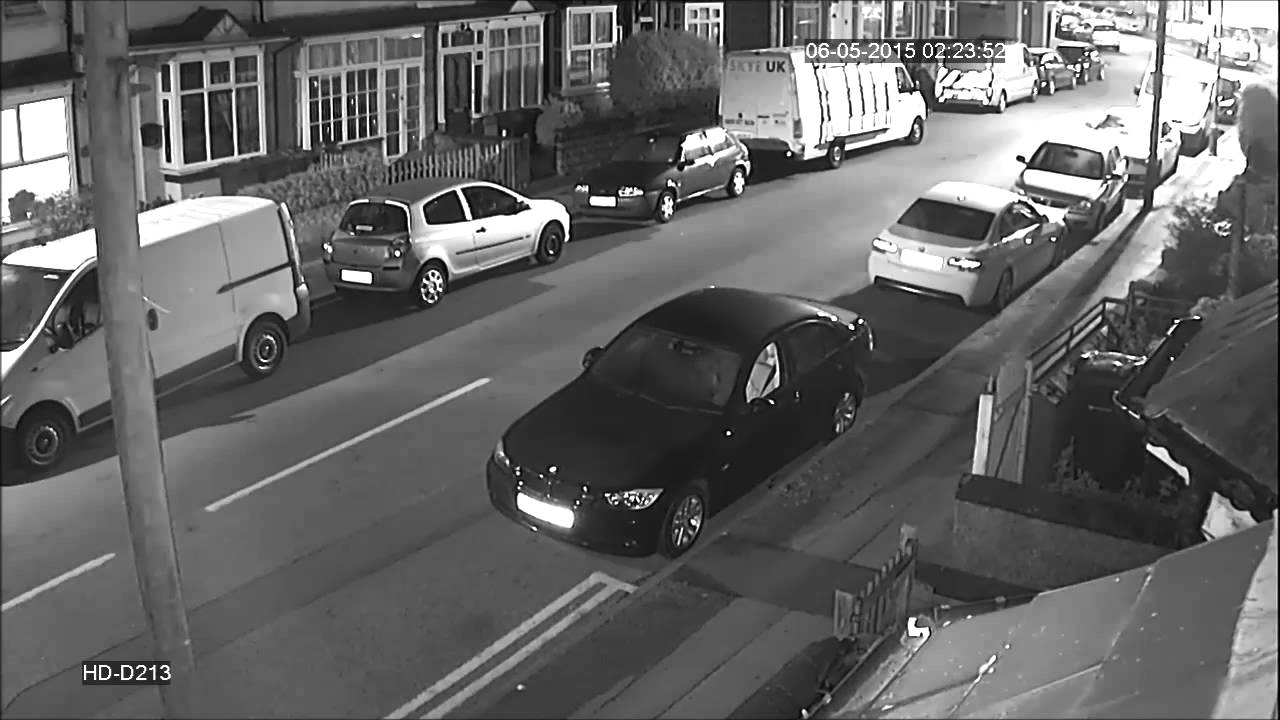Cameras with megapixel sensors generally perform poorly in low light conditions, with ‘ghosting’ caused by super slow shutter speeds. However in recent years, ‘super low light’ image processing has allowed cameras to perform at levels previously unachievable in low light.
Low Light Basics
Surveillance cameras with ‘super low light’ capabilities display color images at low light levels that typical cameras cannot, despite no fixed definition: ‘super low light’ cameras provide improved low light performance. Enhanced gain control and improved digital noise reduction are the two major techniques in super low light models.
Superior image processing, also referred to as gain control, is an essential factor of most super low light cameras. In surveillance cameras, gain allows the image to be seen that would otherwise be completely black, using more noise and higher bitrates in the process.

As a second technique for improving low light performance it’s common to use improved digital noise reduction (DNR). The presence of DNR is a common feature in most surveillance cameras as well as automatic gain control. There are however many super low light models that utilize intelligent DNR, which automatically adapts based on activity in the scene.
What To Know
In recent years manufacturers have started to offer super low light models. However, there is no defined standard for ‘super low light’ performance, so manufacturers can classify their models as they see fit. Due to this, performance differences are often drastic. There are many super low light cameras available with conventional imager sizes, such as 1/3″ (or 1/2.8″, 1/2.7″, etc.) but with improved imagers and processing, in comparison to their non ‘super’ low light peers. Despite their similar imager sizes, high-quality imagers (and sometimes the SOCs / encoders) deliver more details in low light than non-super low light imagers.
In recent years the market has also seen an increase in cameras that combine enhanced image processing with larger sensors. As an imager becomes larger, more light can be captured by each pixel, increasing details in dark conditions.
Cameras used for security purposes typically have smaller imagers than those used for professional photography. In addition to minimizing the cost and size of security cameras, it’s important to factor the size and weight associated with their lenses. As a result, the pixels are smaller and are more susceptible to low light levels. As a result, the best option to deliver the best super low light performance would be security cameras with photography sensors. However, It is important to note that like their photography cousins, they tend to be large and rather expensive.
If you are looking to update security features for your business, like reviewing Super Low Light capabilities let RC Security help. Our continued research and partnerships with premium brands allow us to offer better quality every time.
About RC Security Consulting
RC Security Consulting protects the heart of Texas with design, installation, retrofit, repair, inspection, and monitoring of commercial security systems. We are centrally located in Collin County and provide service for almost 200 miles in all directions. Connect with us on LinkedIn to learn more.


